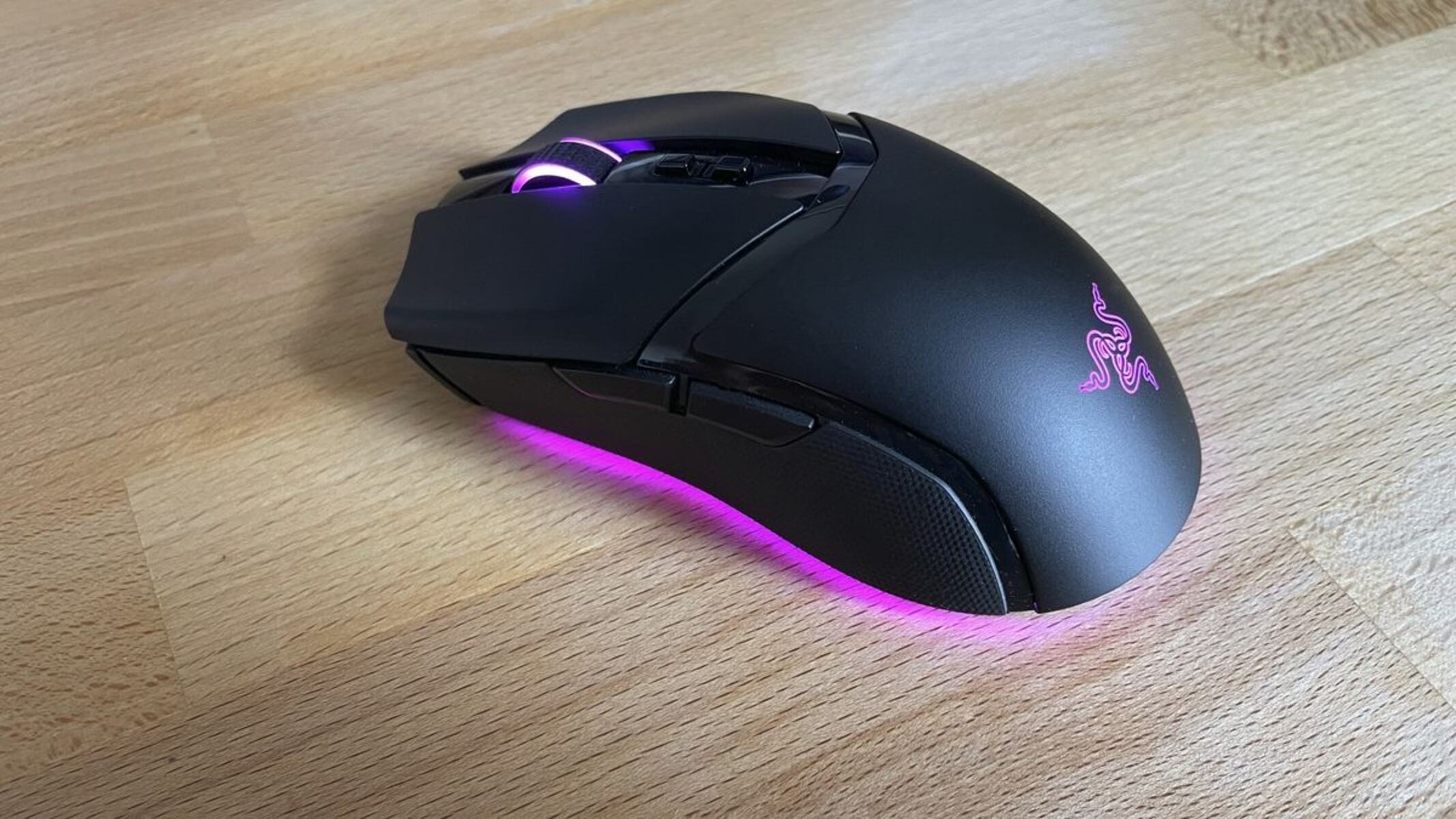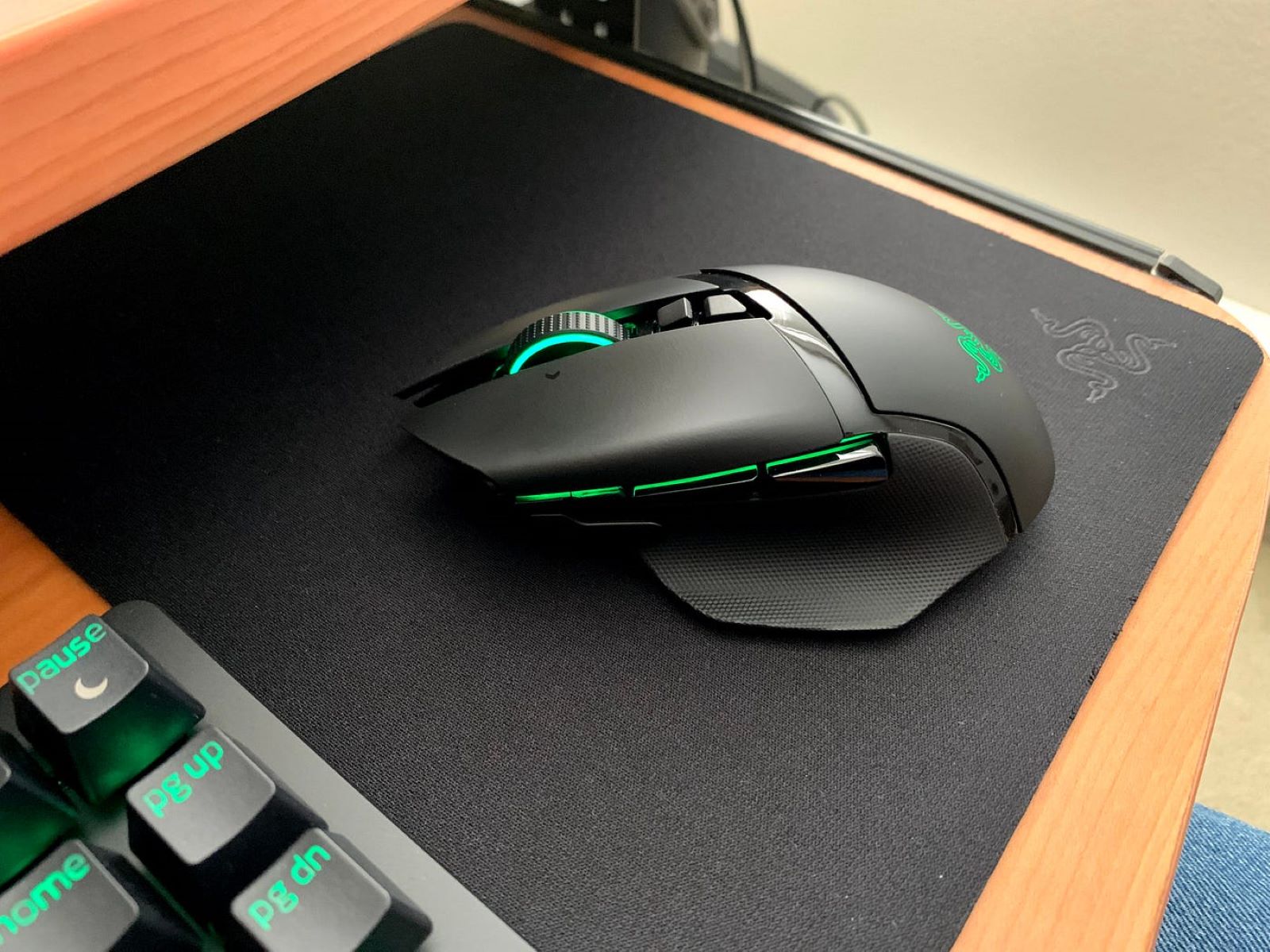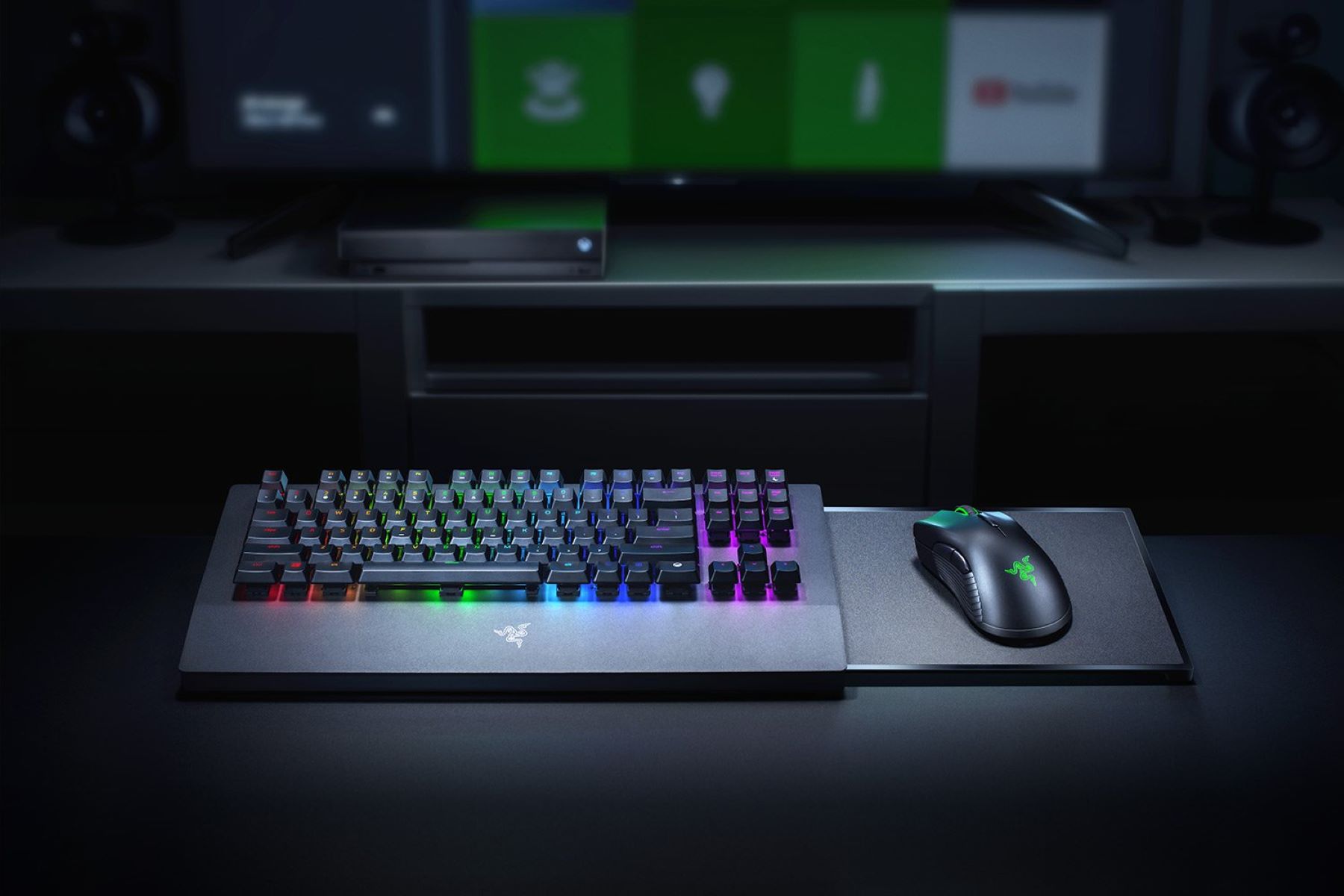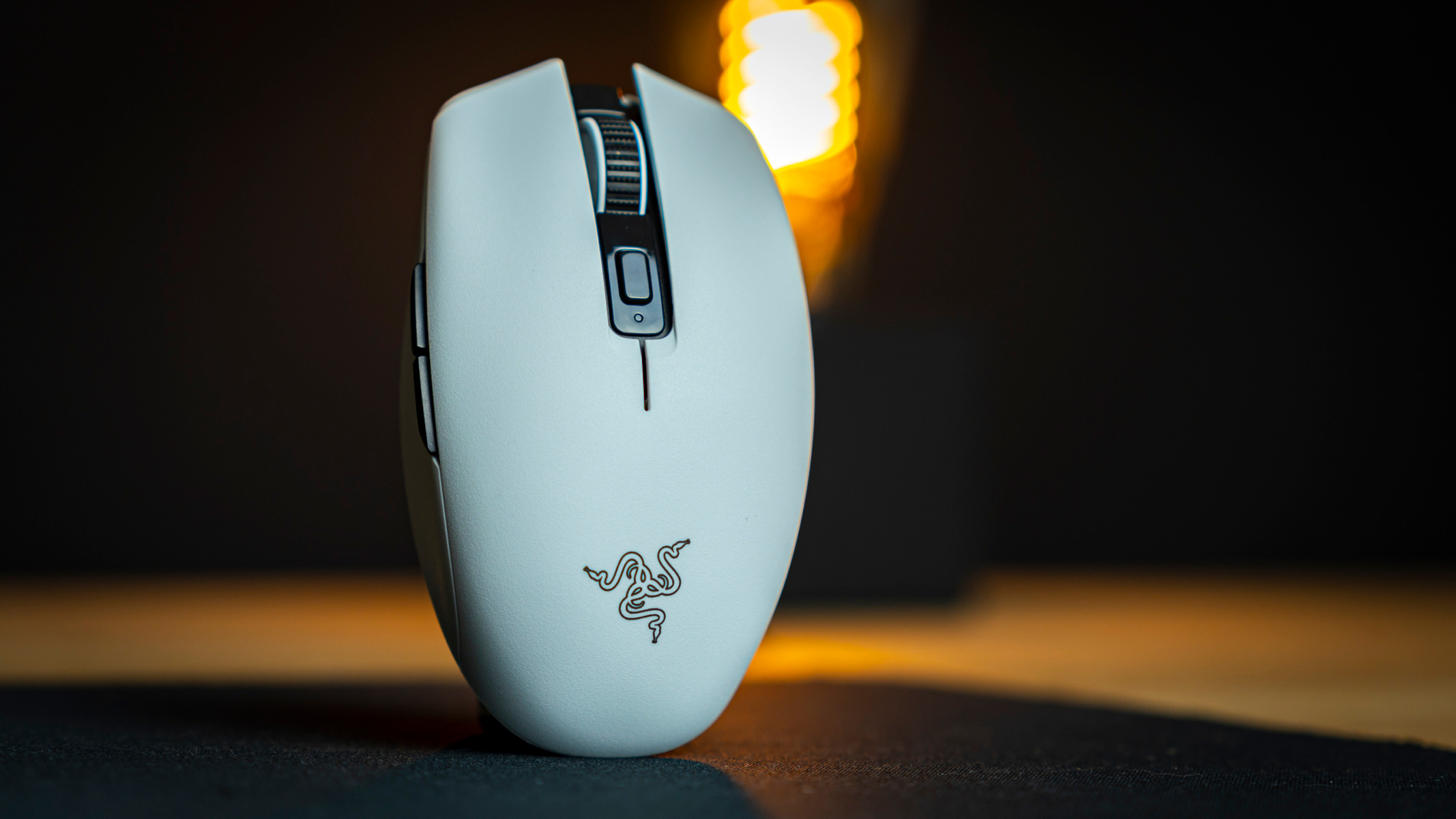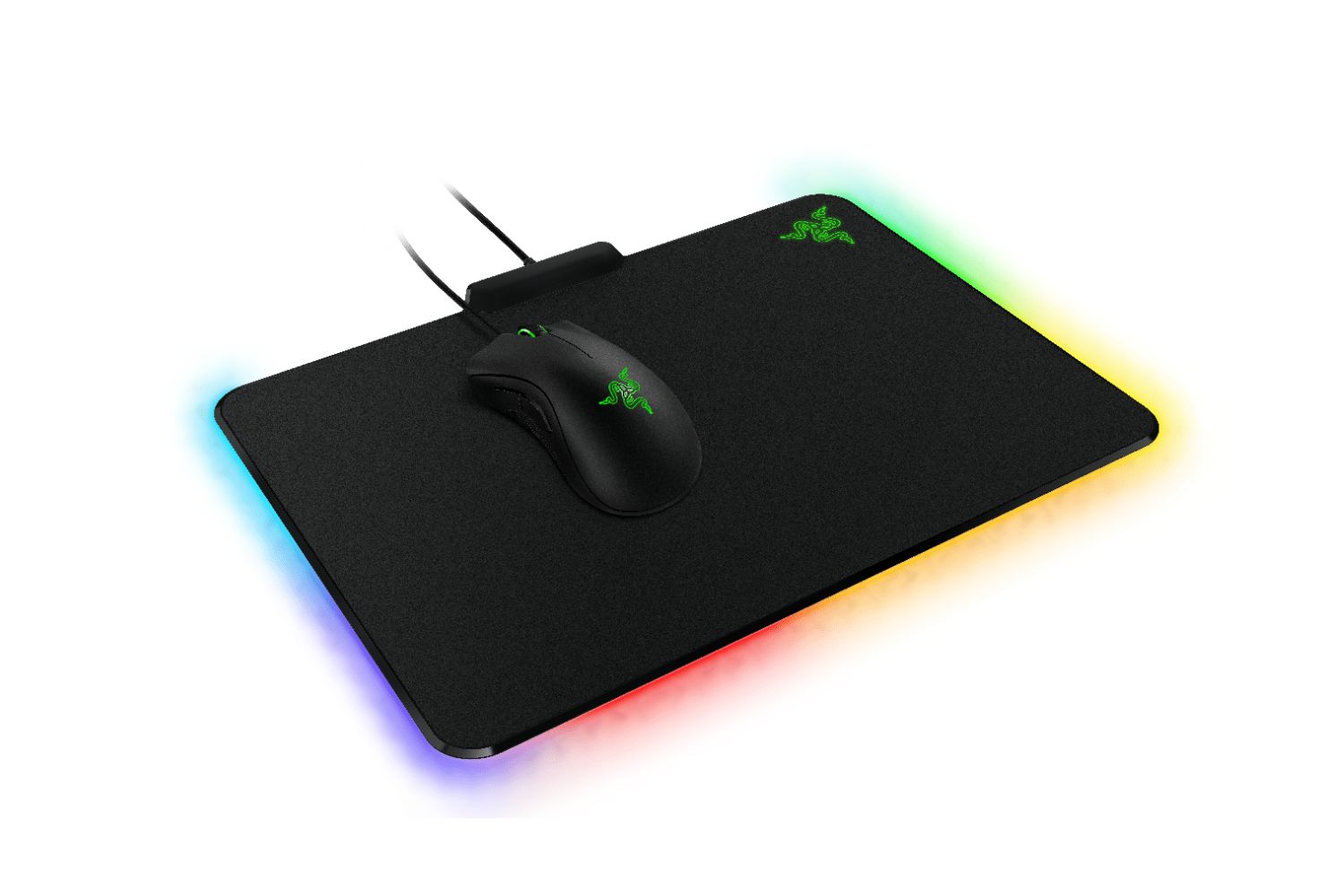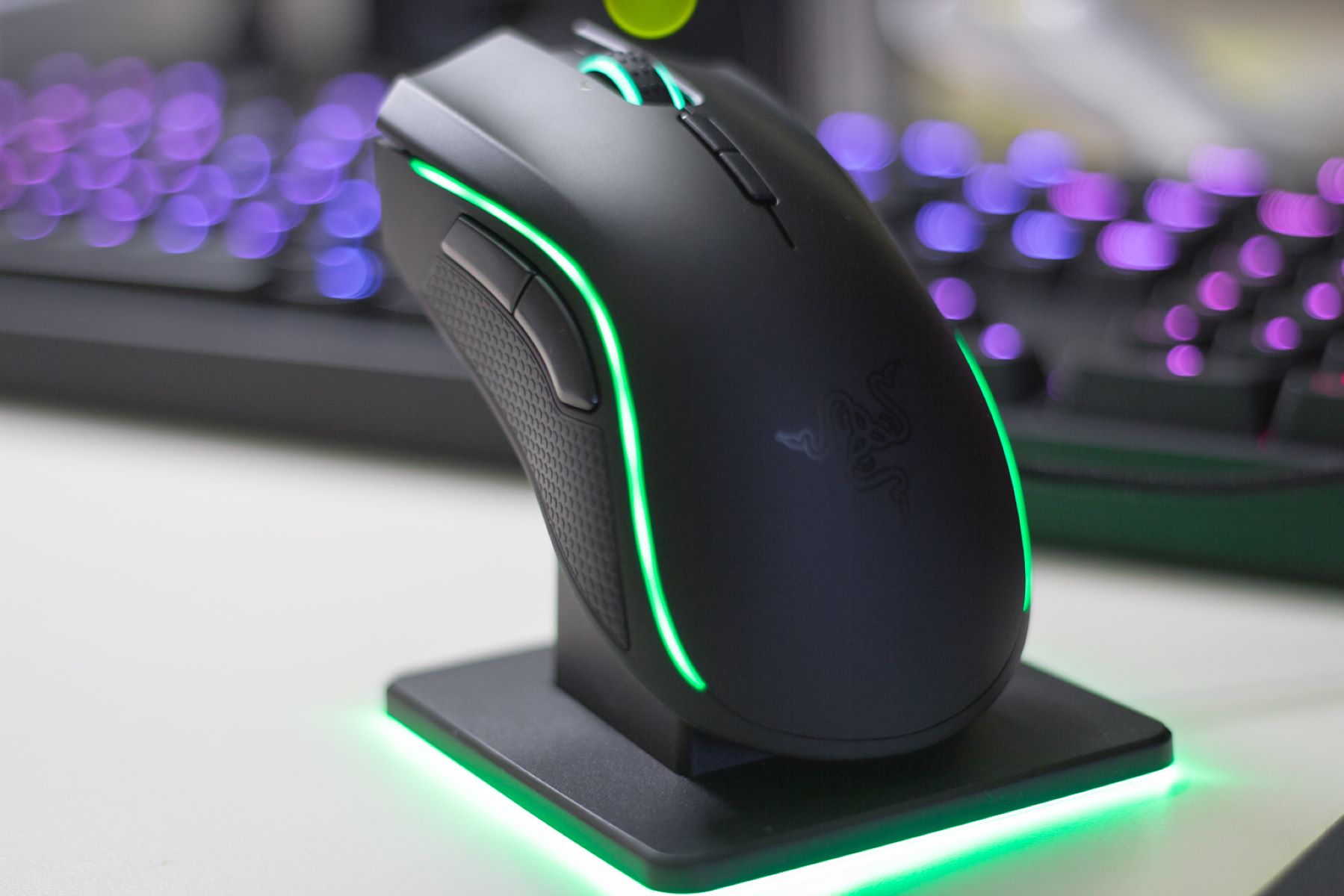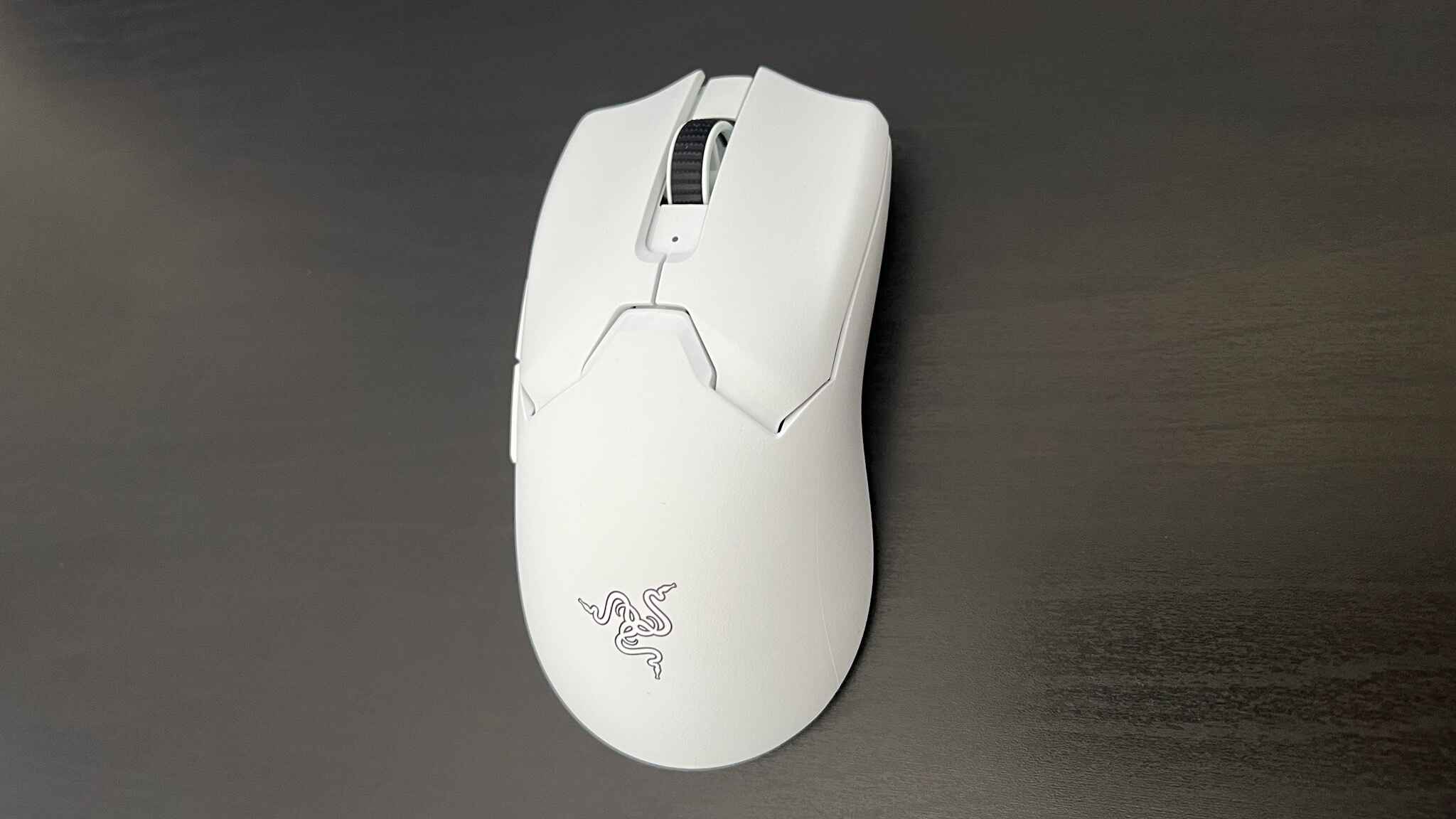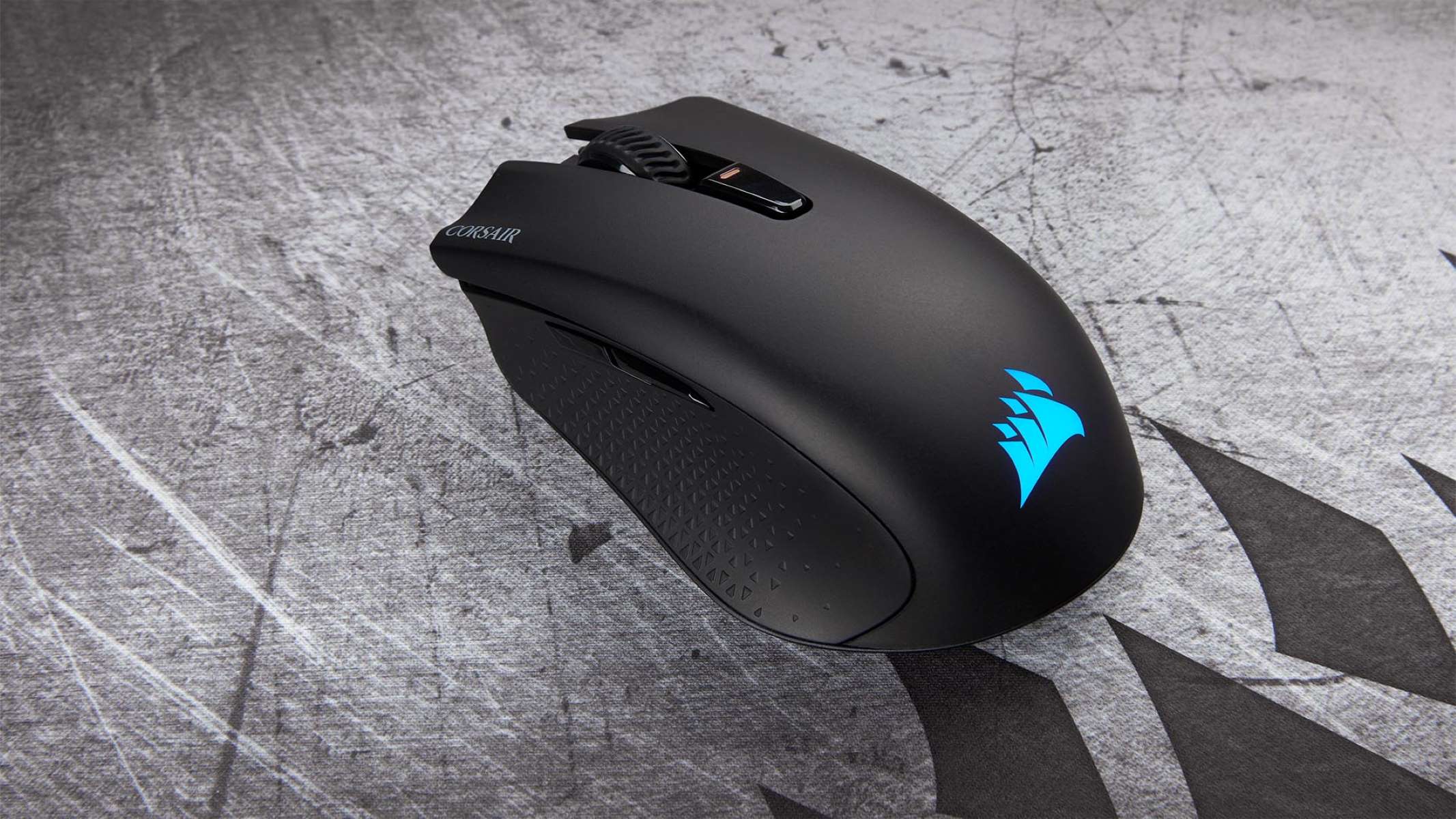Introduction
Introduction
Welcome to the world of gaming, where precision and speed are paramount. As a gamer, you understand the significance of having the right equipment to gain a competitive edge. One crucial component of your gaming arsenal is the mouse, and when it comes to precision, the DPI (dots per inch) setting plays a pivotal role. In this article, we will delve into the realm of DPI, specifically focusing on Razer gaming mice. By the end, you will be equipped with the knowledge to effortlessly check the DPI settings on your Razer gaming mouse, ensuring that you can optimize your gaming experience to its fullest potential.
Whether you are a seasoned gamer or just starting out, understanding DPI is essential. It directly impacts the sensitivity and accuracy of your mouse, influencing your in-game performance. With the right DPI setting, you can swiftly navigate the digital landscapes, accurately target opponents, and execute precise maneuvers with ease. However, before we delve into the process of checking the DPI on your Razer gaming mouse, let's first explore the concept of DPI and its significance in the gaming realm.
DPI is a measurement of how sensitive a mouse is, indicating the number of pixels the cursor moves on the screen for each inch the mouse is moved. A higher DPI setting results in swifter cursor movement, while a lower DPI setting slows it down. Understanding the DPI range of your Razer gaming mouse empowers you to tailor its settings to your specific gaming style and preferences. With this understanding, you can optimize your mouse's performance to complement your gaming skills, ultimately enhancing your overall gaming experience.
In the next sections, we will unravel the intricacies of DPI and guide you through the process of checking the DPI settings on your Razer gaming mouse. Whether you are seeking to fine-tune your mouse for precision sniping or rapid maneuvering, this knowledge will be invaluable in unleashing your gaming potential. Let's embark on this DPI exploration and unlock the full capabilities of your Razer gaming mouse.
Understanding DPI
Before delving into the specifics of checking the DPI on your Razer gaming mouse, it’s essential to grasp the concept of DPI and its implications for your gaming experience. DPI, which stands for “dots per inch,” is a crucial metric that determines the sensitivity of your mouse. Essentially, it measures how many pixels the cursor moves on the screen for each inch the mouse is physically moved.
Understanding the significance of DPI involves recognizing its direct impact on your gaming performance. A higher DPI setting results in faster cursor movement, allowing for swift and precise actions in the digital realm. Conversely, a lower DPI setting slows down the cursor’s pace, providing greater control and accuracy, especially in scenarios that demand meticulous movements or precise targeting.
When it comes to gaming, the optimal DPI setting varies based on individual preferences, gaming genres, and playstyles. For instance, first-person shooter (FPS) enthusiasts often favor higher DPI settings to swiftly track opponents and execute rapid maneuvers, while real-time strategy (RTS) or simulation gamers may prioritize lower DPI settings for precise unit management and intricate in-game interactions.
Razer gaming mice are renowned for their customizable DPI settings, offering a wide range that caters to diverse gaming needs. This flexibility empowers gamers to fine-tune their mouse sensitivity to align with their specific gaming requirements, thereby enhancing their overall gaming performance and enjoyment.
Moreover, understanding DPI extends beyond gaming applications. In professional settings, a higher DPI can contribute to enhanced productivity by facilitating swift and accurate cursor movements, especially when working with high-resolution displays or intricate design software. On the other hand, a lower DPI setting may be preferred for precise graphical editing or detailed tasks that demand meticulous control.
By comprehending the nuances of DPI and its adaptability to various contexts, you gain the insight needed to optimize your Razer gaming mouse for a diverse range of activities, from gaming to professional endeavors. This understanding lays the foundation for harnessing the full potential of your mouse, enabling you to navigate digital landscapes with precision and finesse.
Checking DPI on Razer Gaming Mouse
Now that you have a solid understanding of DPI and its impact on your gaming experience, let’s explore the process of checking the DPI settings on your Razer gaming mouse. Razer’s commitment to empowering gamers with customizable settings extends to DPI adjustments, allowing you to tailor your mouse’s sensitivity to your exact specifications.
Firstly, it’s important to note that the method for checking DPI on a Razer gaming mouse may vary based on the model and software interface. However, the general approach typically involves accessing the Razer Synapse software, which serves as a centralized hub for customizing and managing Razer peripherals, including DPI settings.
To begin, ensure that your Razer gaming mouse is connected to your computer and that the Razer Synapse software is installed. Once the software is launched, navigate to the “Performance” or “Sensitivity” tab, where you will find the DPI settings for your mouse. Here, you can view the current DPI configuration and make adjustments according to your preferences.
Razer Synapse offers an intuitive interface that allows you to seamlessly modify the DPI settings, often through a user-friendly slider or numerical input. This flexibility enables you to fine-tune the DPI to match your gaming style, whether you prefer lightning-fast responsiveness for high-speed gameplay or precise control for strategic maneuvers.
For Razer gaming mice equipped with dedicated DPI buttons, checking the current DPI setting directly on the mouse is also an option. By pressing the designated DPI buttons, the mouse may indicate the active DPI level through visual cues, such as color changes or on-screen notifications. This immediate feedback provides a convenient way to verify the DPI setting without needing to access the software interface.
Furthermore, some Razer gaming mice feature onboard memory, allowing you to store multiple DPI profiles directly on the mouse. This capability is especially advantageous for gamers who switch between different gaming environments or genres, as it ensures that their preferred DPI settings are readily accessible without relying on software configurations.
By familiarizing yourself with the process of checking and adjusting DPI settings on your Razer gaming mouse, you gain the autonomy to optimize your gaming experience with precision and efficiency. Whether you’re engaged in intense gaming sessions, creative design endeavors, or professional tasks, the ability to fine-tune DPI settings empowers you to wield your Razer gaming mouse as a personalized instrument tailored to your exact specifications.







